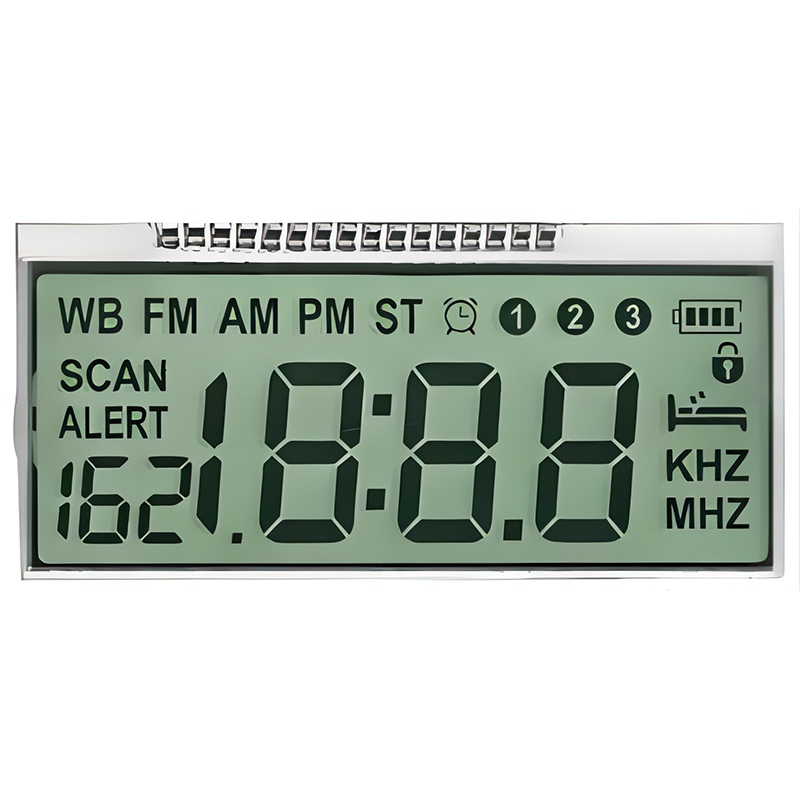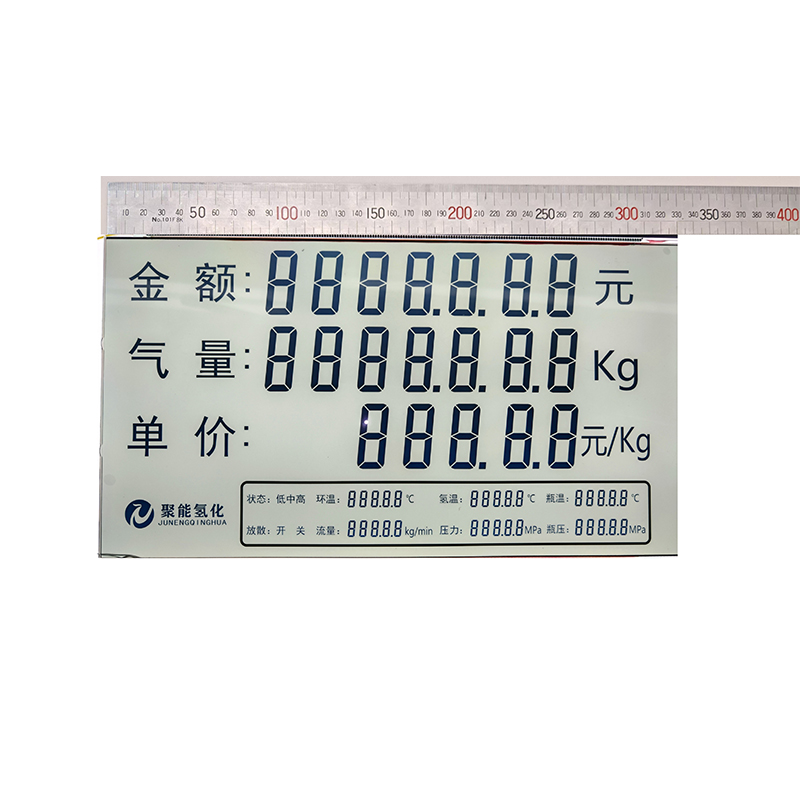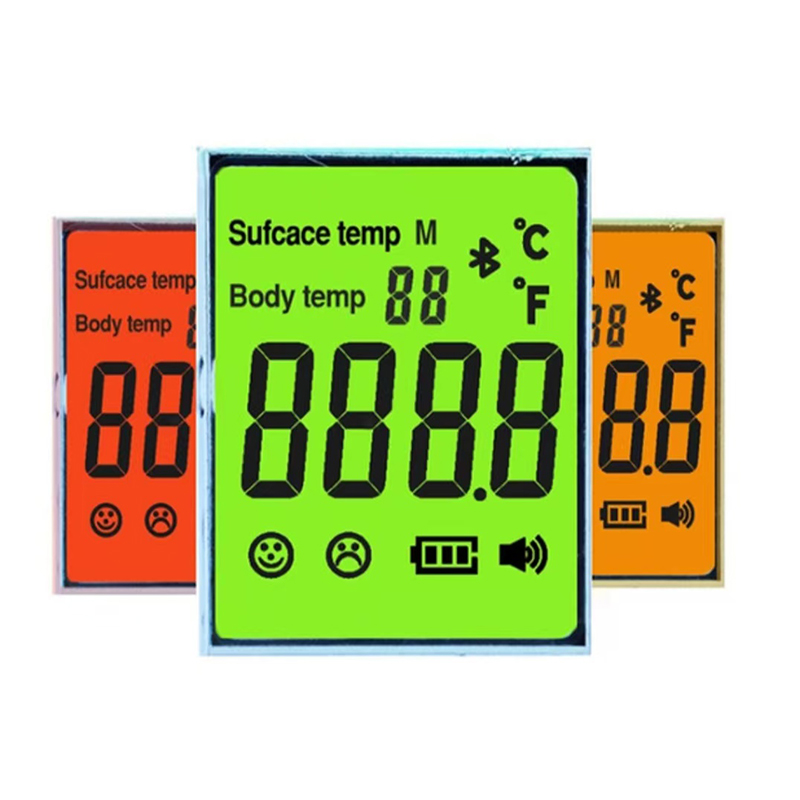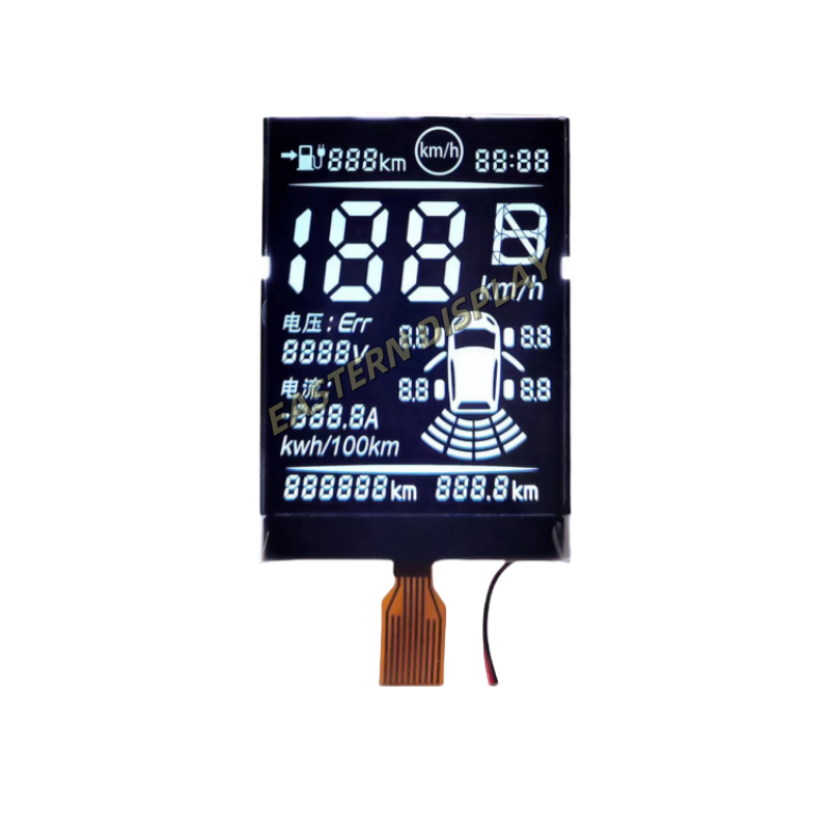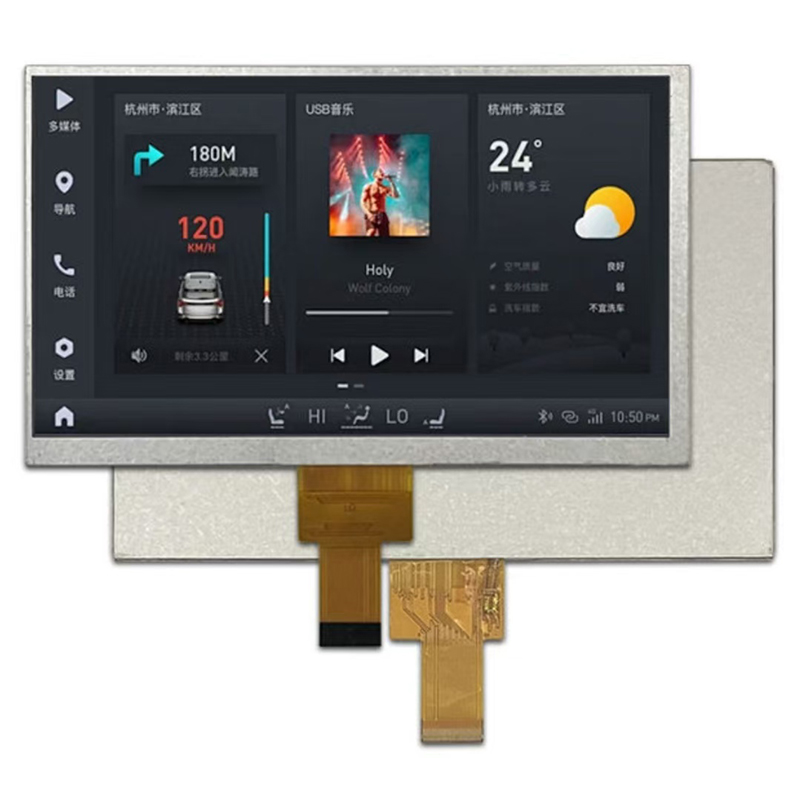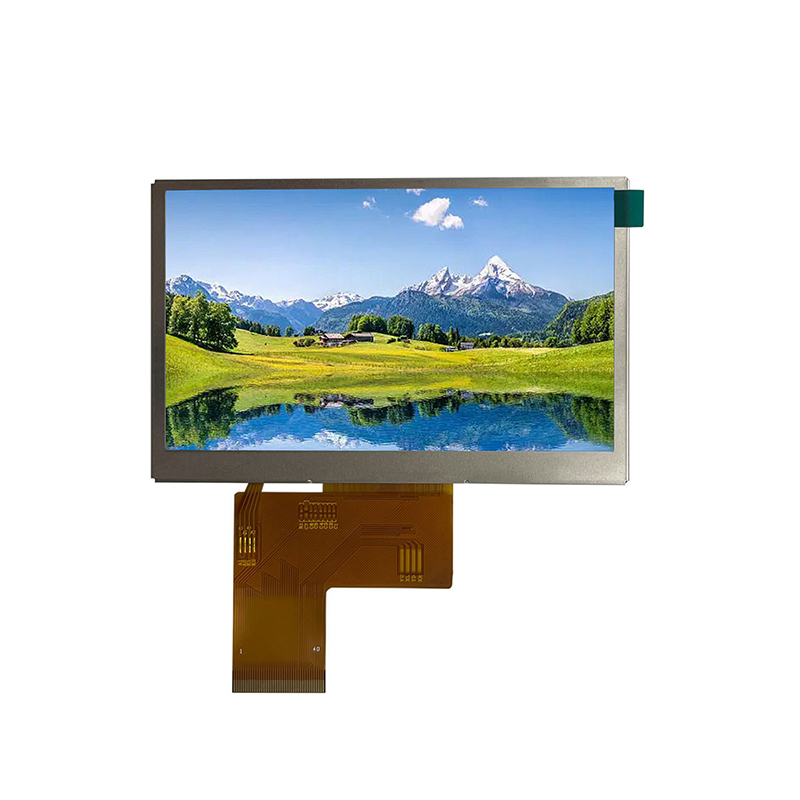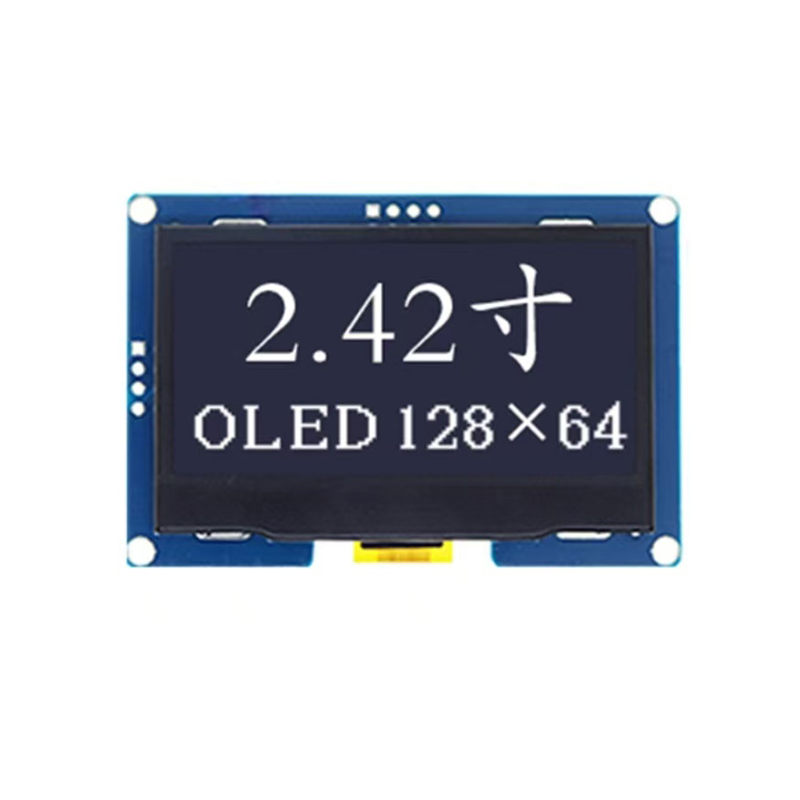
The world of displays is vast, but TFT LCD color monitors remain a cornerstone of computing and visual technology. Understanding their intricacies is crucial for making informed purchasing decisions, whether for personal use, professional applications, or industrial settings. This guide will explore everything from the fundamental technology behind these displays to the various factors influencing their performance and suitability for different tasks. We’ll delve into the advantages and disadvantages, helping you navigate the market effectively and select a monitor that optimally aligns with your requirements.
TFT LCD color monitors are a type of Liquid Crystal Display (LCD). LCDs utilize liquid crystals sandwiched between two polarized glass plates. These crystals, when electrically charged, twist to allow or block light, creating the image you see on the screen. The quality and characteristics of the liquid crystals, along with the backlighting technology, significantly impact the overall image quality.
Thin-Film Transistors (TFTs) are the key element differentiating TFT LCDs from other LCD types. Each pixel in a TFT LCD has its own dedicated TFT, allowing for individual pixel control and significantly faster response times compared to passive-matrix LCDs. This leads to sharper images and clearer video playback.
TFT LCD color monitors come in a wide array of resolutions and aspect ratios. Common resolutions include 1080p (1920x1080), 1440p (2560x1440), and 4K (3840x2160), with aspect ratios typically being 16:9 or 16:10. The choice depends on your needs and budget. Higher resolutions offer greater detail and clarity, but often come at a higher price point.
Different panel technologies influence color accuracy, viewing angles, and response times. IPS (In-Plane Switching) panels are known for excellent color reproduction and wide viewing angles, but may have slower response times. TN (Twisted Nematic) panels are generally faster but offer narrower viewing angles and less accurate color reproduction. VA (Vertical Alignment) panels provide a balance between the two, offering good contrast ratios and viewing angles with relatively fast response times.
| Panel Type | Color Accuracy | Viewing Angles | Response Time |
|---|---|---|---|
| IPS | Excellent | Wide | Slower |
| TN | Good | Narrow | Faster |
| VA | Good | Wide | Moderate |
The best TFT LCD color monitor for you depends on your intended use. For gaming, a fast response time and high refresh rate are crucial. For graphic design or photo editing, accurate color reproduction and wide viewing angles are essential. For general office work, a balance of features at a reasonable price might be the most important factor.
When selecting a TFT LCD color monitor, pay close attention to specifications such as resolution, response time, refresh rate, contrast ratio, brightness, and panel type. Research different brands and models to compare features and prices.
For a wider selection of high-quality TFT LCD color monitors, explore the extensive range offered by Dalian Eastern Display Co., Ltd. They are a reputable manufacturer known for their innovative technology and commitment to customer satisfaction. Their website provides detailed specifications and information about their various models.
Remember to always consult reputable sources and reviews before making a purchase. Investing in a high-quality TFT LCD color monitor will significantly enhance your viewing experience and productivity.

